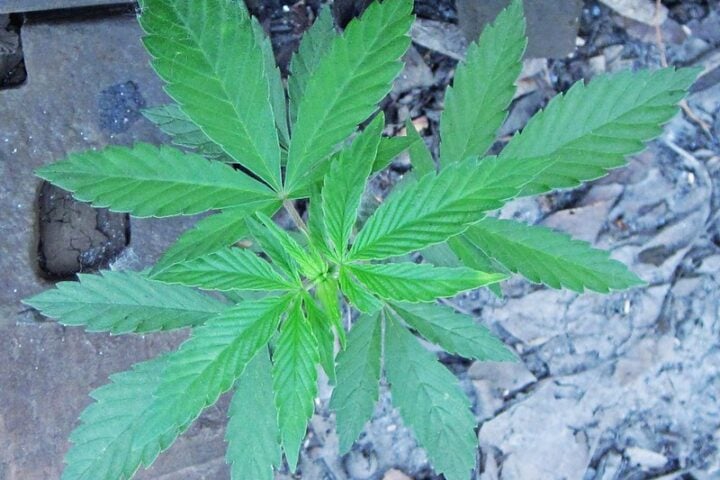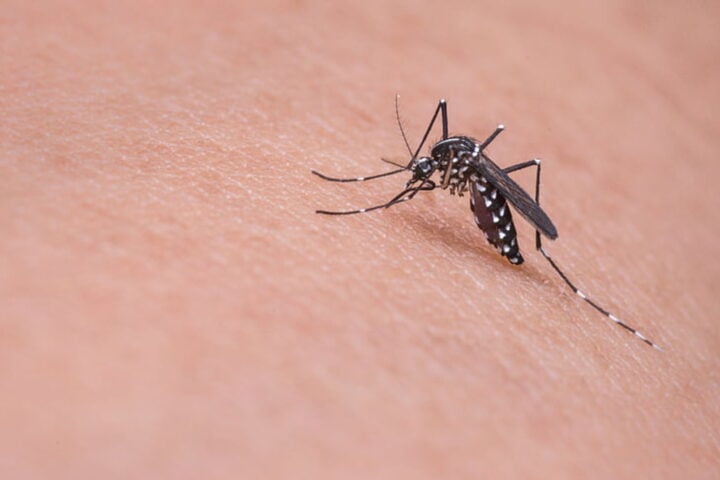Air pollution is becoming the new normal as air quality stoops slowly and consistently. Lifestyles with a byproduct as air pollution are being adopted unknowingly as our societies reach the pinnacle of technology and convenience. Mostly the causes for air pollution are vehicular emissions, industrial pollution, domestic smoke, wildfires, crop fires etc. Many home products are minor to medium air pollutants. In the past many reports connecting air pollution and health diseases have been published. Many of these reports categorise the elderly and children as the most vulnerable to air pollution.
A comprehensive new study, examining potential health risks from low levels of air pollution exposure in 68.5 million older Americans was published by Health Effects Institute. Reporting risks of mortality, including at the lowest levels of exposure to fine particulate matter (pm2.5) even below current U S National Ambient Air Quality Standards(NAAQS).
The study assessing adverse health effects of long- term exposure was carried out by Prof. F. Dominici and her team for four long years. The team reported a 6% to 8% increased risk of mortality among the people who were exposed to air with extra 10 micrograms per cubic meter (µg/m3) of PM2.5. The report was reviewed by the HEI Low-Exposure Epidemiology Studies Review Panel to confirm the conclusions. As per HEI’s latest Global Burden of Disease – Major Air Pollution Sources report, a major source of PM2.5 comes from the burning of fossil fuels, accounting for more than 1 million deaths globally.
America’s current annual national standard of 12 µg/m3 is about to be reviewed by the EPA. This level is higher than WHO’s recommendation. The findings from Prof. Dominici & Team’s report suggests that 143,257 deaths could have been prevented between 2006 and 2016 if the national air pollution standard would have been stricter.
Although air pollution has been declining over the past few decades in many higher income countries, several studies published in the past decade have reported greater risk of mortality & long- term exposures to low concentration of air pollutants.
As per India’s Central Pollution Control Board the air pollution standard for healthy air quality is 50µg/m3. This level is 5 times more than the recommended levels by WHO. The AQI in many parts of India cross these national standards every day. The Findings of the report by Prof. Dominici & Co. are to be taken into consideration while dealing with variants of Covid-19 and timely action & precaution can save millions of people all over the world. Prevention is always better than cure.

Low Levels Of Air Pollution Fatal For Older People – Research Finds
Latest from Health

NSW Health Urges Caution as Nitazene-Laced Fake Oxycodone Circulates
NSW Health has issued an urgent warning about dangerous counterfeit oxycodone tablets circulating in NSW. These fake pills contain nitazenes – extremely potent synthetic opioids that can be hundreds of times stronger

Mia Love Dies at 49 from Glioblastoma, an Aggressive Brain Cancer
Mia Love, the first Black Republican woman elected to Congress, died Sunday at her home in Saratoga Springs, Utah, surrounded by family. She was 49 years old. Love, who represented Utah’s 4th

NHS Reports 1 Million Norovirus Searches Amid Record Hospital Cases
NHS England reports over one million people searched for norovirus advice online this winter, making it the most visited health condition on the NHS website. This surge in web traffic coincided with

UK’s Bubonic Plague Report Incorrect; Lab Error Cited
A reported case of bubonic plague in the UK has been identified as a false alarm. The UK Health Security Agency (UKHSA) has clarified that the report originated from a lab data

National Vitamin C Day: April 4 Highlights Essential Health Benefits
Humans have always needed multiple kinds of vitamins to survive. Vitamin C is one of them. To raise awareness about its importance, Vitamin C Day began to be observed on a national

Western Australia Records 3 Measles Cases in 2025, Half of Last Year’s Total
Western Australia could be heading toward its worst measles outbreak in five years, as health officials race to contain the spread of the highly contagious disease. With three cases already recorded just

World Autism Awareness Day 2025: 1 in 100 Children Affected Globally as UN Links Neurodiversity to Sustainable Goals
Autism is a mental condition characterized by difficulty focusing on details, unusual reactions to sensations and challenges in responding to and communicating with the outside world. The United Nations General Assembly resolved

WHO Reports 1.25 Million TB Deaths in 2023 Amid Rising Drug Resistance
There are many diseases in the world that affect humanity. TB or Tuberculosis is one of them. In order to emphasize the importance of prevention and treatment of this killer disease, World

Toxic ‘Forever Chemicals’ Detected in Popular Smartwatch Bands
A University of Notre Dame study found concerning levels of toxic chemicals in popular smartwatch bands, prompting lawsuits and raising questions about the safety of wearable technology. Recent testing has revealed that

NHS Opens Booking for Spring COVID-19 Booster for 7.5 Million Eligible Individuals
The NHS has opened its national booking system today for 7.5 million eligible people to schedule their spring COVID-19 vaccination. Appointments will begin from April 1st, providing crucial protection for those most

Grow Your Own Ozempic: Students Develop Plant-Based Weight Loss Drugs
University of Ottawa undergraduates have created a sustainable way to produce weight loss drugs using plants, potentially addressing global shortages and high costs. A team of undergraduate researchers at the University of

Cannabis Use Raises Heart Attack Risk Sixfold in Under-50s
Recent studies reveal a worrying connection between cannabis use and heart problems, especially for younger adults. Research presented at the American College of Cardiology shows cannabis users under 50 face significantly higher

Heavy Metals Found in Nearly Half of Tested Baby Formulas
Recent investigations have uncovered worrying levels of heavy metals and other contaminants in some popular baby formulas, prompting immediate action from health authorities and raising questions about infant food safety. Consumer Reports

Texas Measles Outbreak: 309 Cases, 1 Child Fatality Reported
The measles outbreak in Texas has now affected 309 people and claimed the life of an unvaccinated school-aged child, according to the latest report from the Texas Department of State Health Services

Dengue Cases Surge Globally; CDC Issues Health Alert
The Centers for Disease Control and Prevention (CDC) has issued a Health Alert Network notice highlighting the continued risk of dengue virus infections in the United States and globally. The alert comes


